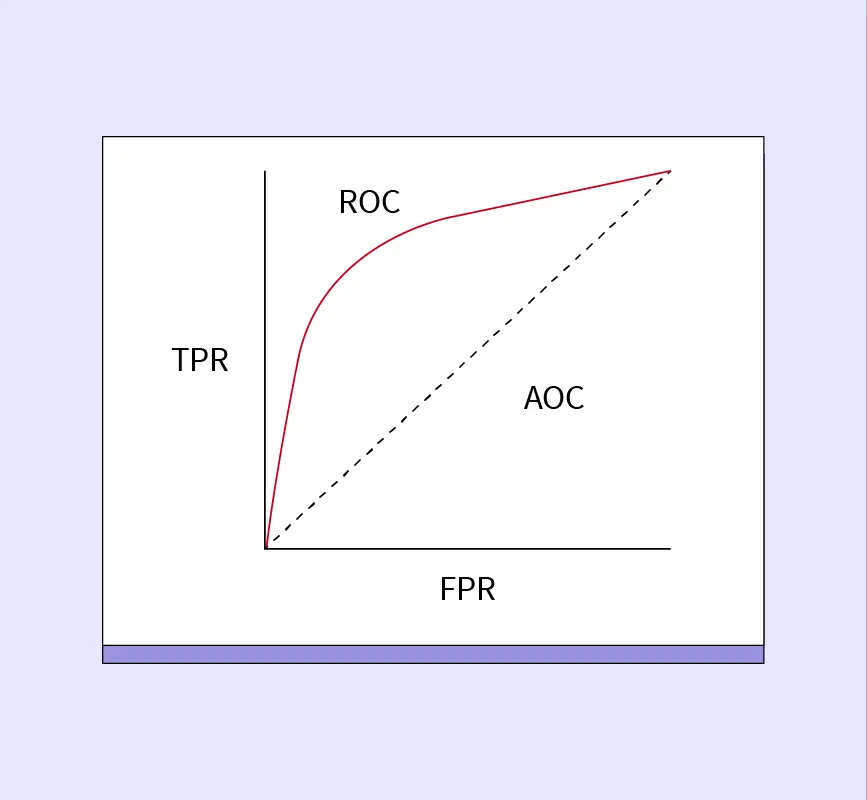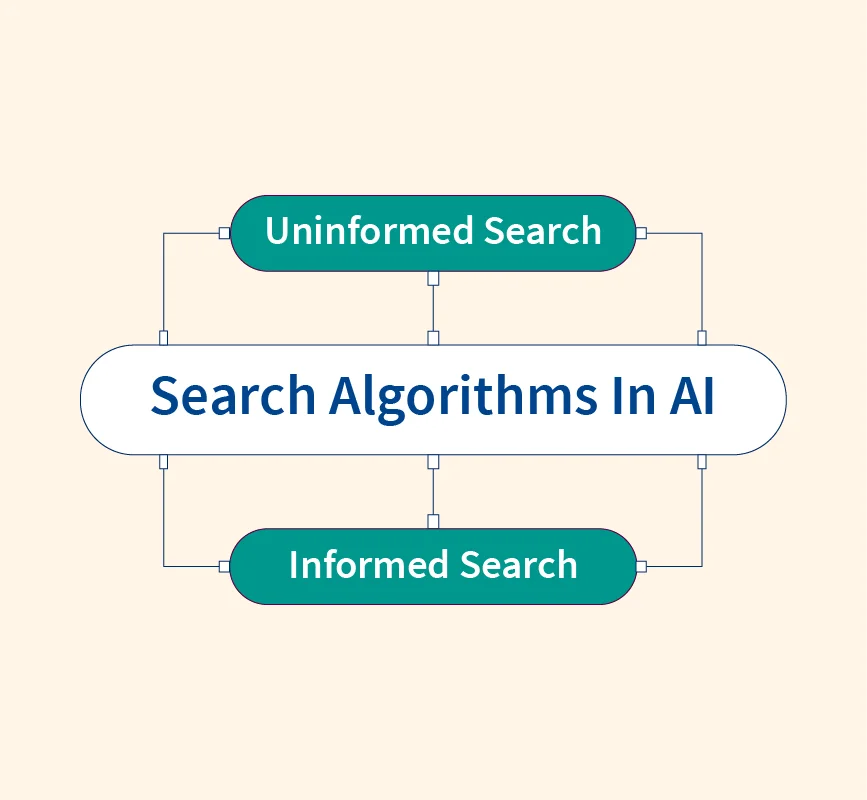Data aggregation is a crucial process in the modern data-driven world. It involves collecting and summarizing large volumes of data from multiple sources into a unified format, making it easier to analyze and draw insights. This process is essential in industries such as marketing, finance, and research, where decision-making relies heavily on the availability of well-structured and meaningful data.
What is Data Aggregation?
Data aggregation is the process of gathering and summarizing data from various sources to create a comprehensive dataset. This can involve combining data points, calculating averages, sums, or counts, and organizing the information for analysis. Data aggregation is particularly valuable for simplifying complex datasets, allowing users to identify trends or patterns more easily. For example, a business may aggregate sales data from multiple branches to analyze overall performance. Common types of aggregation include summing numerical values, calculating averages, and counting the frequency of specific events or occurrences.
How Does Data Aggregation Work?
The process of data aggregation typically begins with collecting raw data from different databases, sources, or systems. Data aggregators, which can be software platforms or specialized tools, play a key role in compiling this information and organizing it into a usable format. There are two primary methods for data aggregation: real-time aggregation and batch aggregation. In real-time aggregation, data is processed as it is collected, allowing for immediate insights. This is often used in applications like stock market analysis. In contrast, batch aggregation compiles data at scheduled intervals, making it ideal for tasks that don’t require instant updates, such as monthly sales reports. By summarizing data from multiple sources, aggregation helps reduce the complexity of large datasets and improves the efficiency of data analysis.
Why is Data Aggregation Important?
Data aggregation simplifies large datasets, making it easier to analyze and derive actionable insights. In business, aggregated data helps leaders make informed decisions by providing a clear overview of key metrics such as sales performance or customer behavior. In healthcare, aggregated patient data can reveal important trends, such as the spread of diseases, which might be missed in raw data. Additionally, data aggregation is critical in marketing, where businesses use aggregated data to segment their audiences and optimize campaigns. Without data aggregation, organizations would struggle to extract meaningful information from the vast amounts of data they generate daily.
Examples of Data Aggregation
- Data aggregation is applied across various sectors to streamline decision-making. In e-commerce, companies aggregate sales data from different products and regions to understand market trends and improve inventory management.
- In healthcare, aggregated patient data from multiple hospitals is used to track health outcomes and enhance treatment strategies.
- Social media platforms like Facebook and Google use aggregated user data to tailor advertisements and enhance the user experience. For example, by analyzing aggregated search data, Google can provide users with more relevant search results and advertisements based on their interests.
Uses for Data Aggregation
Data aggregation is widely used in industries like business intelligence, where it aids in the creation of dashboards and reports that provide an overview of key metrics. In marketing, businesses use aggregated data to identify customer segments and target them with personalized campaigns. In scientific research, aggregated data is often used to validate hypotheses or identify trends across multiple studies. Aggregated data also plays a significant role in stock market analysis, helping analysts detect trends in market behavior and make informed trading decisions. Additionally, companies use it to forecast future trends based on past data patterns.
Conclusion
Data aggregation is an indispensable tool for organizations across various industries, allowing them to transform large, complex datasets into actionable insights. By simplifying and summarizing data, it improves decision-making processes and enhances operational efficiency. As industries continue to generate increasing volumes of data, the importance of data aggregation will only grow, making it a critical component of data analysis in the future.
References:
Learn More:


